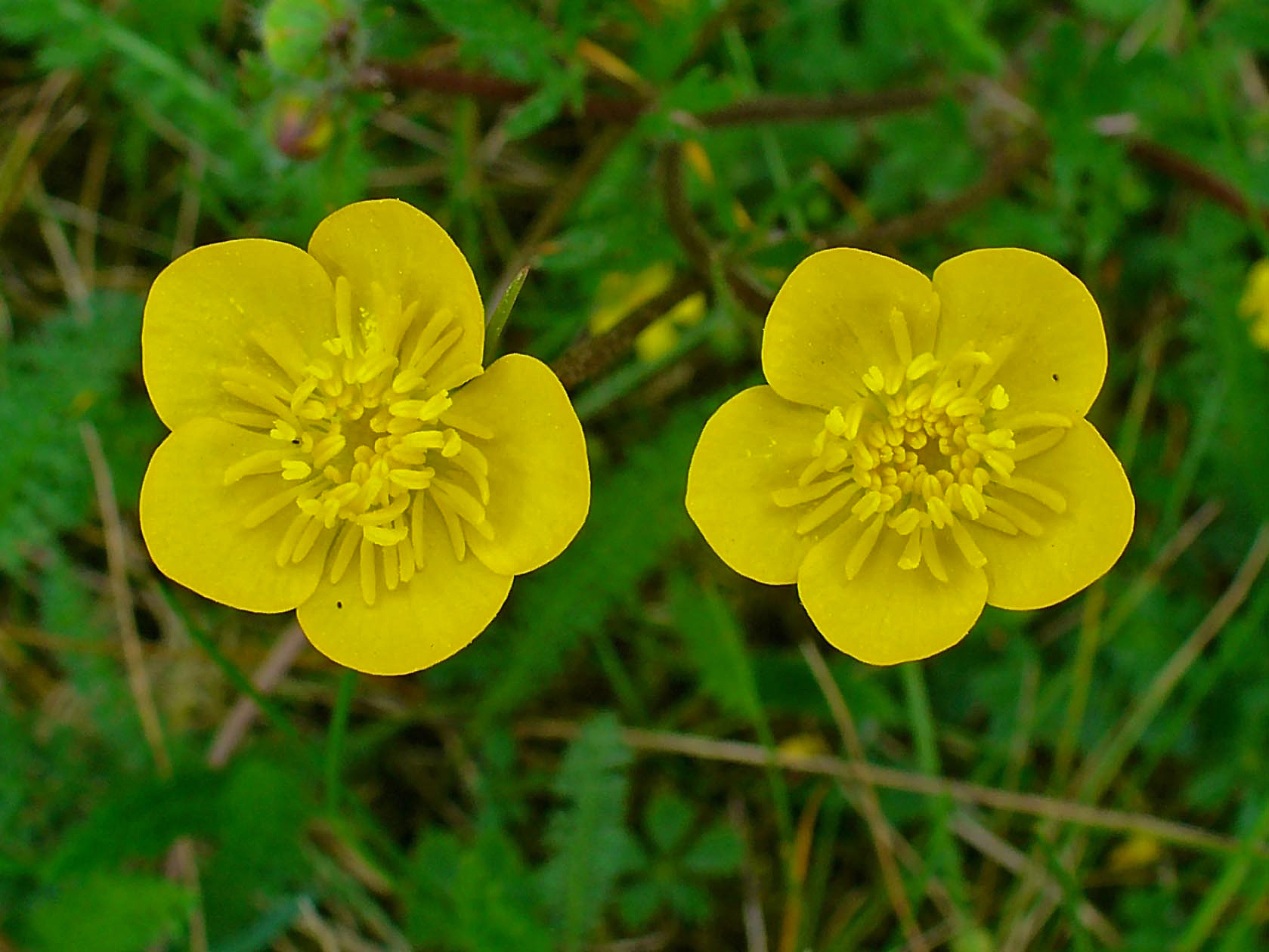
Some reactions may cause allergic symptoms in your cat, such as excessive licking and scratching due to itchy skin, while other plants may be toxic enough to cause organ failure. Some plants may not be toxic enough to kill your cat if ingested but may still cause a reaction in them. However, what may not be toxic to your cat may be toxic to another pet and vice versa, so always do your research on the plants around your house before allowing your pets to play around them. However, if their choice is limited to an environment that contains a variety of toxic plants, they may eat whatever is around, which may have dire consequences. For the most part, cats choose correctly and benefit from the fiber and nutrients from the plants and grass. Greenery can also be used for medicinal purposes when a cat has an infection.Ĭats can generally instinctively distinguish between toxic and non-toxic plants. Often eating grass or plants around the yard can help digestive problems and loosen undigested food. Boredom or curiosity in cats can lead to the same outcome.Īnother reason why cats eat plants is that it’s instinctual and, therefore, quite common to see in cats of all ages. Once caught, it’s not uncommon for them to bite, chew, and shallow the plant. If they see a flower blowing in the wind, they’re likely to try to catch it as they would with their feather wands during playtime with their owners. Often, kittens with high levels of energy will find just about anything to play with. We know cats are obligate carnivores who need a high protein diet, primarily consisting of animal protein, so why do they sometimes eat plants and are at risk of poisoning? Well, there are a few answers to this question.įirstly, the age of a cat can have a role to play. Unfortunately, even this flower’s pollen can cause harmful effects on your cat. As new flowers blossom in your yard, it’s important to be able to identify them as some can be highly toxic to your cat, as well as other pets you may have in your home.Īlthough dainty and beautiful, Buttercups can cause a lot of damage to your cat’s little body if they decide to munch on them for self-treatment or digestive purposes. As much as we look forward to the change of season, we also need to be mindful and proactive in keeping our cats safe from the dangers that accompany it. The temperature starts to rise, and color begins to sprout all around. If you want to distinguish between a yellow blossom as buttercup, look for this nectariferous spot at the base of each petal of the flower.īuttercups can be seen growing wild throughout Canada, but you can also see them in different fields.The information is current and up-to-date in accordance with the latest veterinarian research. This structure of flower with its secret little pool is called a nectariferous spot or a pit. At the base of a petal, there is a cup like scale, between the scale and the petal where an insect will find a tiny portion of sweet nectar.This green center consists of a cluster of several distinct, unconnected pistils, which are the flower’s female part, that will develop into small dry fruits known as achenes.

Unlike the normal blossom which have five stamens, the buttercups have numerous stamens with the slender, yellow anthers surrounding the green center.The phenomenon of the flower having waxy looking surface is due to a special layer of reflective cells beneath the petal’s surface cells. All buttercup flowers have shiny, waxy textured, bright yellow petals.


 0 kommentar(er)
0 kommentar(er)
